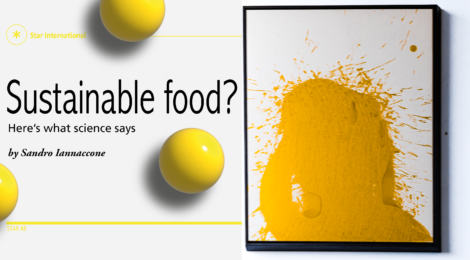
Sustainable food?
Many hail it as the protein food of the future: cheap, sustainable and healthy. But there is still a long way to go. Here’s what science says.
The food of the future, for some. What will free us from intensive farming, soil and water consumption, and methane emissions. But also, for someone else, a terrible threat to human health, to the agri-food chain and to the culinary traditions of Made in Italy. The debate on synthetic, or cultured, or cellular meat (the nomenclature itself is a problem within a problem, as we will see shortly), is very heated, and, as usual, highly polarized. Adding further fuel to the fire was the approval by the Council of Ministers (on a proposal from the Minister of Agriculture, Food Sovereignty and Forests), last March 28, of a bill that establishes “the prohibition of use, in the preparation of food or beverages, sell, import, produce for export, administer or in any case distribute for food consumption, food, feed consisting of, isolated or produced from cell or tissue cultures deriving from vertebrate animals”. In other words, a tout court stop to synthetic meat in the name of the principle of maximum precaution and – says the Minister – deliberated with the aim of “ensuring the highest level of protection of citizens’ health and preserving the agri-food heritage”. It is a type of meat produced in the laboratory from embryonic stem cells of an animal taken through a biopsy and grown in a solution rich in nutrients
Politicism aside, how much of it is true? What does science say about the safety of cultured meat? And what about its alleged sustainability, and the possibility that it will solve the problem of intensive farming? All these topics have been the subject of extensive research by the scientific community in recent years; but even before going into an examination of the most significant results, a premise on what synthetic meat actually is, as well as, as we anticipated, on how it is more correct to call it, is in order. A report just published by the experts of the Food and Agriculture Organization (FAO) and the World Health Organization (WHO), the United Nations bodies that deal, respectively, with food and global health, comes to our aid. The document is the first of its kind, and touches on all aspects of the issue, emphasizing above all the absolute need to innovate food production systems in response to the “tremendous food challenges” that we will have to face given the demographic forecasts for the next future – it is estimated that in 2050 the world population will reach 10 billion people. Let’s start with the definitions: FAO and WHO underline that there is no term “100% scientifically correct” to describe synthetic or cultivated meat; the most appropriate, according to the experts, is cell-based food, i.e. “food based on cells”, even if, they add, “strictly speaking, every organism is made of cells”, and therefore “traditional” meat is too. The adjective “cultivated”, on the other hand, can be confusing as “it is often used in agri-food jargon to indicate farmed products”; the adjective “synthetic” refers to completely artificial products, and this is not the case. Anyway, what exactly are we talking about? It is a type of meat produced in the laboratory from embryonic stem cells of an animal (typically chickens, cows or pigs), taken through a biopsy and grown in a solution rich in nutrients; after growth, they can then be transformed into cells of any tissue (especially muscle): the final result, therefore, is meat “to all intents and purposes”.
Since 2000, meat consumption has steadily increased, by over 50%, globally. 50 billion chickens, 1.5 billion pigs, half a billion sheep and 300 million cows are slaughtered every year.
According to the latest estimates, in the twenty years 2000-2020 meat consumption has steadily increased (over 50%, globally), and 50 billion chickens, one and a half billion pigs, half a billion sheep and 300 million cows. It has been estimated that producing meat in the laboratory would make it possible to reduce greenhouse gas emissions by about 98% (compared to an equivalent quantity produced traditionally), above all because there would no longer be a need to use intensive farming – and of all the energy they need to function – and because methane emissions from cattle would be almost completely eliminated; moreover, less water, antibiotics and other drugs would be consumed, and up to 95% less soil would be used. Again: laboratory-grown products can be enriched with specific substances (for example nutrients) so that they are even more suited to consumer demands, and since they are not exposed to pesticides, fungicides and antibiotics, they would appear to be even safer than traditional alternatives ( the conditional is a must, because there are still no definitive results in this sense).
Producing meat in the laboratory, in addition to the ethical aspects, would make it possible to reduce greenhouse gas emissions by 98%, consume less water, antibiotics and other drugs, and occupy up to 95% less land.
Then there are, of course, the ethical aspects – the transition to “laboratory” meat would make it possible to almost completely eliminate the suffering and slaughter of farm animals (almost because it is still necessary to use animals for the extraction of cells and serum fetal, one of the fundamental ingredients of the culture medium, even if alternatives are currently being developed which provide for its replacement with vegetable products). Finally, we must consider the economic issue: one of the main problems of cell-based meat at the moment is its high production cost (a precise estimate is very difficult, because the protocols are not yet standardized); however, it is reasonable to think that mass production would lead to a reduction in costs per single unit, in particular those for cell transformation and differentiation, the most expensive step in the entire supply chain.
Sandro Iannaccone, physicist and journalist. He teaches scientific journalism at the Masters “Science in journalistic practice” of the Sapienza University of Rome









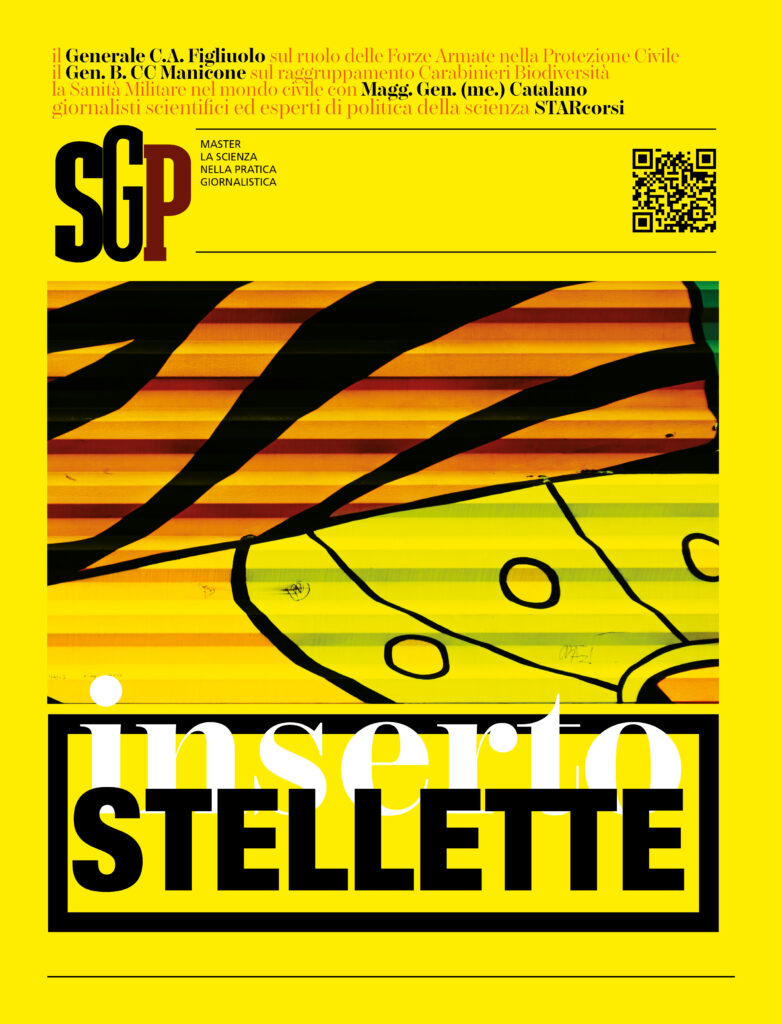


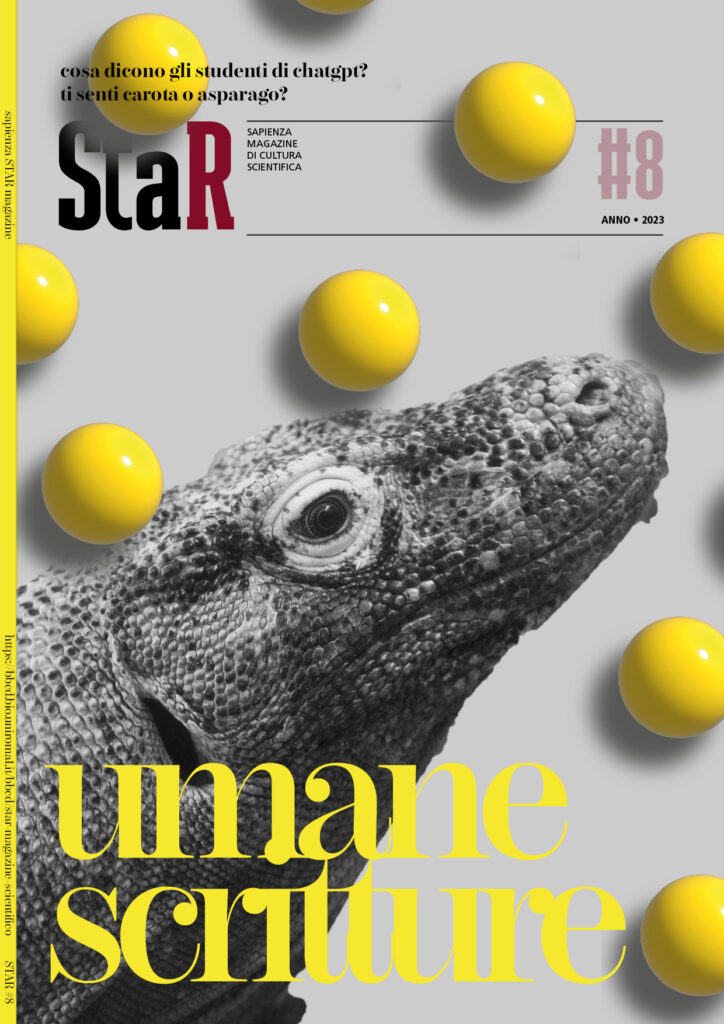
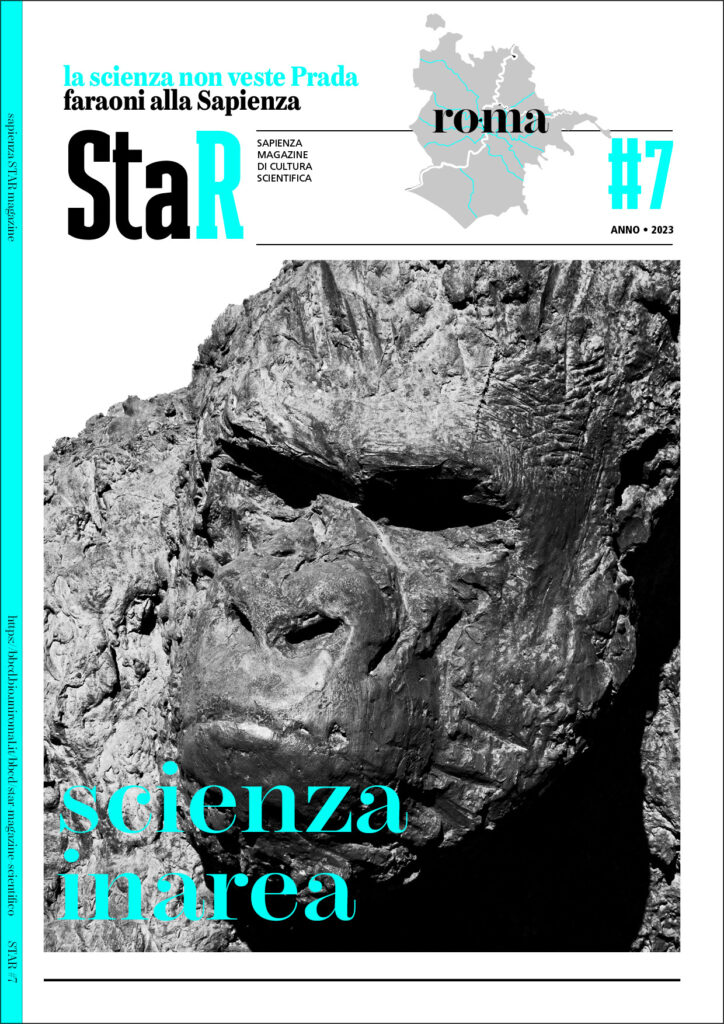



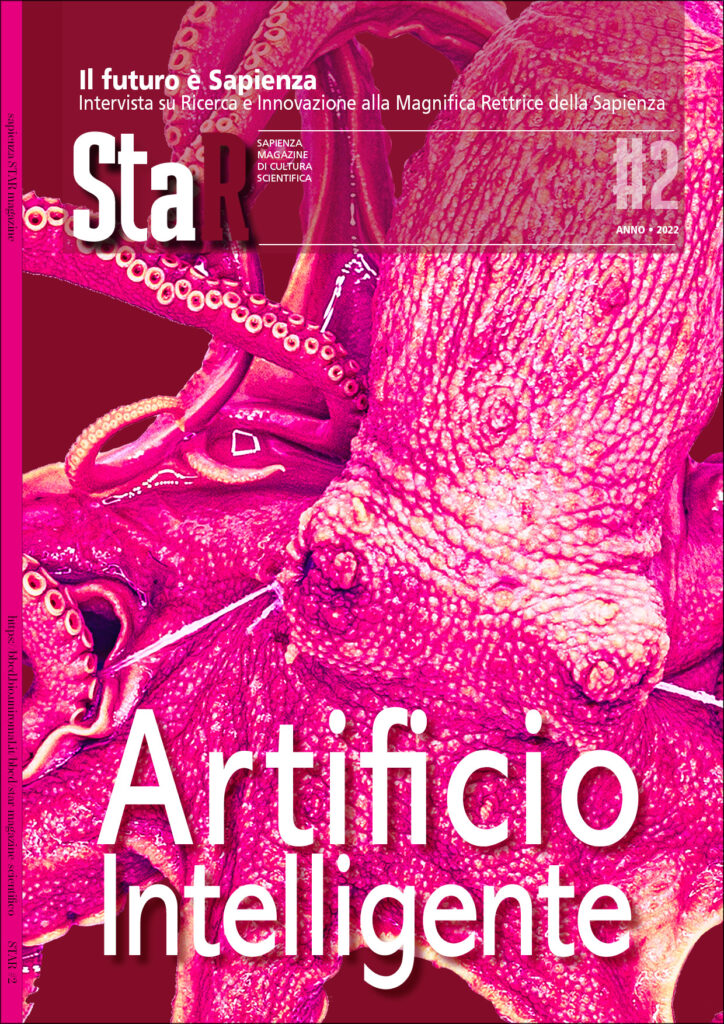


Commenti recenti